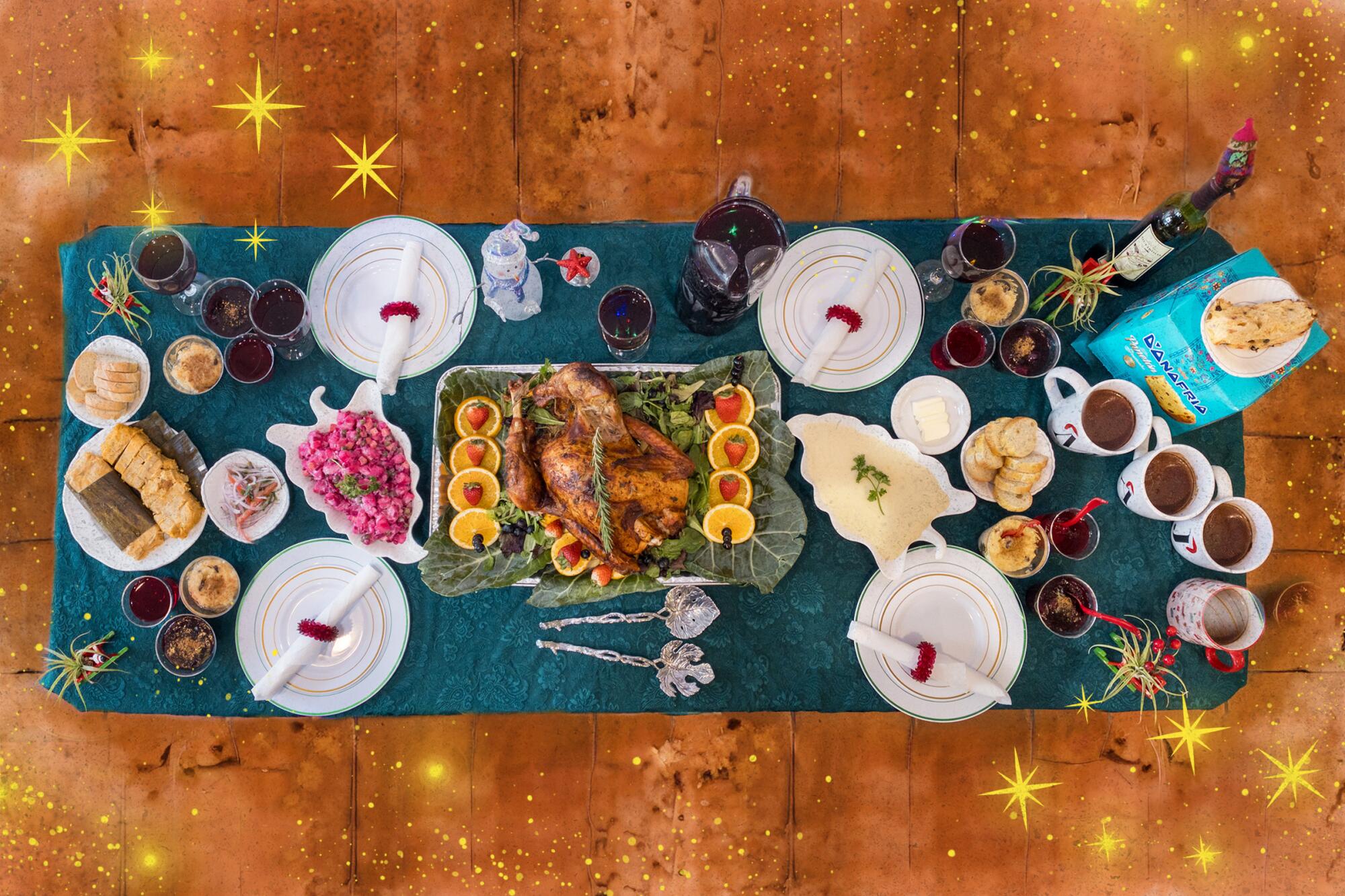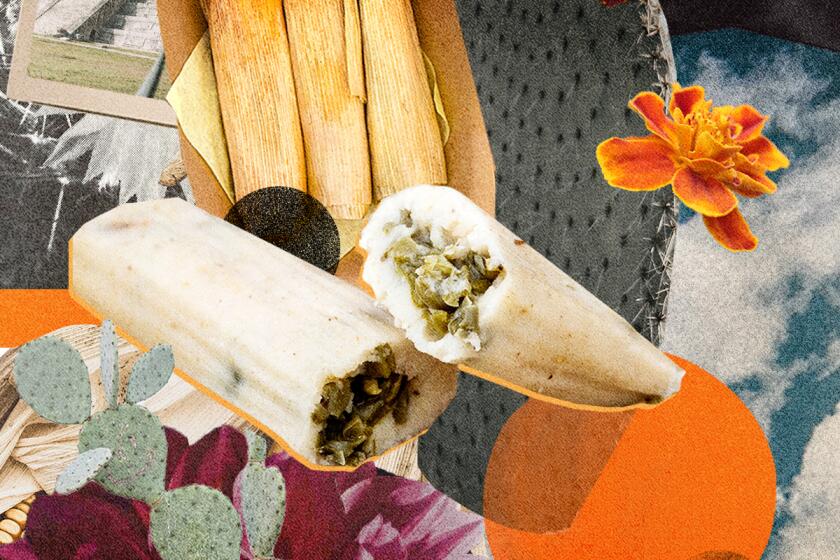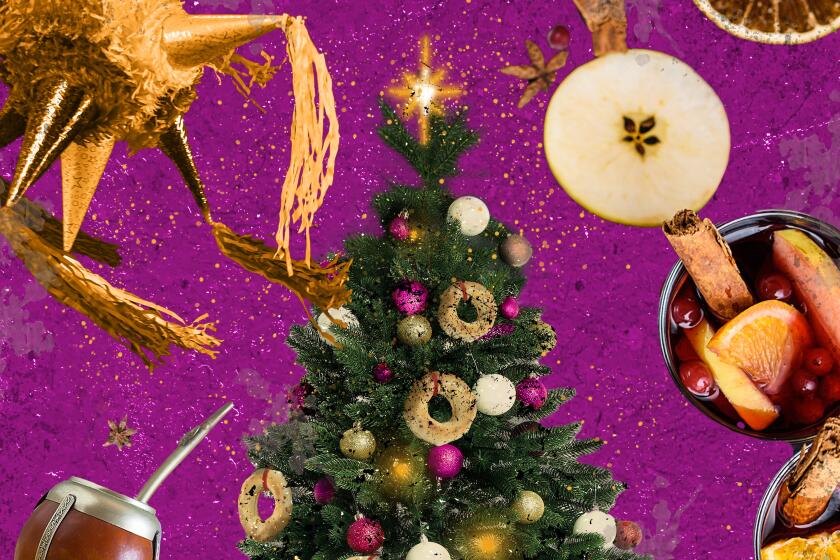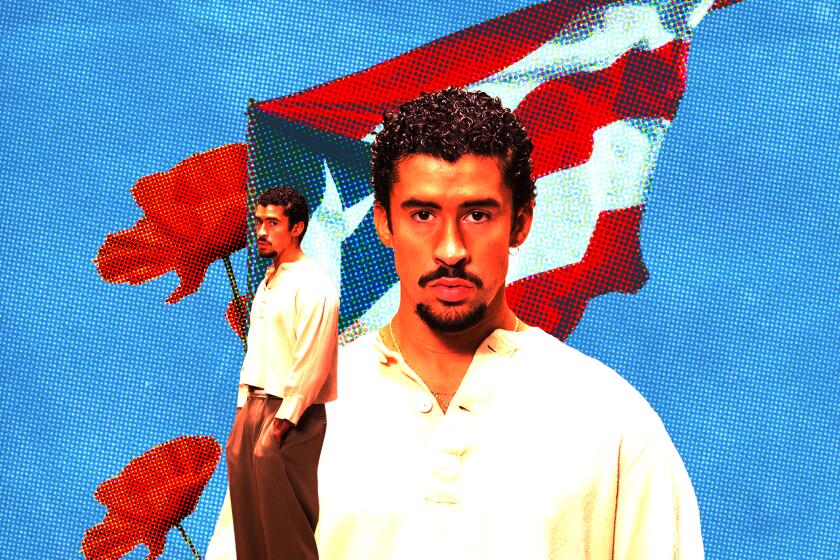
Bienvenidos to the second installment of “Holiday Traditions Across Latin America.” This week’s edition will make you want to tune in to your favorite Christmas carols and read your way through Latin America’s diverse and festive customs.
You’ll learn about Día de las Velitas and why it’s essential for Colombians. Get ready to be surprised by a Puerto Rican asalto navideño or enjoy a glass of cola de mono with your Chilean friends.
If you haven’t enjoyed the first part of this series, please visit it here.
For modern-day chefs who are descendants of Latin American cuisine, room exists for traditional recipes to bend and crack, opening up possibilities for something new and reflective of today’s culture.
Uruguay
Parrilla, Uruguay’s barbecue, is widely anticipated during the holidays. “For Christmas and Noche Vieja [New Year’s Eve], people generally grill pigs, lamb, or the classic beef. Everyone tries to prepare something on the grill,” said Gustavo Piegas Marsiglia, first secretary of the Embassy of Uruguay in Washington.
Budín Inglés also finds its way onto the Uruguayan table. “It’s a buttery dough with nuts and candied fruit,” said Piegas Marsiglia. “We follow the traditions of our ancestors, who were mostly immigrants from Italy, France, Spain and other European countries. Even though we are in the Southern Hemisphere and it is summer, we eat all the typical food that was eaten in Europe in the middle of winter, like nuts, panettone and nougat.”
For New Year’s Eve “at Punta del Este, the most important seaside of the country: Before midnight, people walk down the streets near the Port of Punta del Este, with bottles of champagne and glasses to toast with all the neighbors and to witness a great firework show,” said Piegas Marsiglia.
Colombia
For most Colombians, Dia de las Velitas (Little Candles Day) marks the beginning of the holidays. “For us Colombians, Dec. 8, which is Día de las Velitas, is very important. We get together in our house, light candles, and ask for wishes for our family. We eat buñuelos, which are round bread rolls with lots of cheese, and accompany them with natilla,” said Viviana Henriquez, owner of Vivi’s Gourmet Cuisine Food Truck in Los Angeles.
Lechona de cerdo is a popular dish on the holiday table: “It is a whole pig, and all the meat is removed. The skin is the only thing left, stuffed with the meat mixed with rice and peas. It is baked for eight to 10 hours and comes out crispy,” Henriquez explained.
For New Year’s Eve, Colombians make a doll called Año Viejo. “We dress it in someone’s clothes and fill it with gunpowder. That doll represents all the bad things that you want to burn, and it is burned on Dec. 31,” said Henriquez.
From Mexico to Argentina, each Latin American country brings its flair to Christmas and New Year’s Eve celebrations.
Panama
Panama has holiday traditions that many people are familiar with. “Without tamales and arroz con guandules, there is no Christmas in Panama,” said Yolanda Burgess, treasurer of the House of Panama in San Diego. “The most traditional dish in Panama and a must at the table is the Panamanian Tamal. It is prepared with ground corn, chicken and raisins, wrapped in banana leaves and steamed.” The dish is served alongside arroz con guandules, which is prepared with homemade coconut milk.
Dulce de frutas is also a popular element. “People start prepping it three to six months before Christmas, soaking dried fruits in wine and rum. The night before Christmas, or even a week before, the fruits are mixed and added to the base of the dulce de frutas,” said Burgess. The result is a fruity brown cake.

Peru
During Christmas, Peruvians “prepare turkey marinated the day before with aji panca, aji amarillo and cumin. Another traditional dish, ensalada rusa, is made with beets, potatoes, carrots and peas. Also, you must have rice and potatoes on a Peruvian table and our national flavor, which is Inca Kola,” shared Mariam Ramírez, co-owner of Lonzo’s Restaurant in Culver City.
Christmas is a significant celebration for many Peruvians. “We celebrate the birth of Jesus with fireworks. Christmas means going back to your roots, going back to the essence of who you are. We gather the whole family. It is a renewal of faith. A renewal of bonds, the kind that are unbreakable,” said Ramírez.
Puerto Rico
In Puerto Rico, you might be surprised by an asalto navideño, a tradition where “you go to someone’s house and wake them up in the middle of the night by playing music until they open the door,” said Nomar Perez, art director and author-illustrator.
Pasteles are also enjoyed during the holidays. They are “made of mashed green plantain, filled with pork, chicken or beef, and wrapped in banana leaves,” explained Perez. Likewise, “Arroz con gandules is a must. It’s something that has to be at the [holiday] party.” Arroz con gandules is a side dish made with ingredients like rice, ham, pork, and gandules (pigeon peas).
Whether you’re looking for self-care essentials, indoor plants or records for the collectors in your life, we’ve got ideas to help you shop small across L.A. County.
Another popular dish is pavochon, which is prepared with the spices traditionally used to make grilled pork, like garlic, oregano, sofrito and sazón. “Those spices give the turkey a completely different flavor,” said Perez.
Chile
In Chile, “when people get together for Christmas Eve, the first thing they are served is an icy glass of cola de mono. It is made with milk, coffee and aguardiente, and it is accompanied by pan de pascua, a bread made with candied fruits and nuts,” explained Carmen Figueroa, owner of El Meson de Violeta in Emeryville.
Empanadas are part of the celebration. They are a half-moon-shaped dough filled with “beef, caramelized onion, a piece of boiled egg, olives and raisins,” said Figueroa. Other dishes include “roast beef, chicken, and side dishes like porotos granados, made with beans, corn and squash.”
Christmas is a very special time for Chilean families. It’s “the joy of being together and acknowledging the importance of having one another,” expressed Figueroa. “Especially from countries like ours that have gone through ups and downs. The family is the only thing that counts.”
How do you compassionately get rid of the things your immigrant parents hold onto that are piling up in their home?
Brazil
In some parts of Brazil, people prepare Peru Natalino. It’s a turkey that has a 24-hour marinating process with parsley, mint, onion, tomatoes, bell peppers and cumin, according to Maria de Lourdes Silvestre dos Santos, Costume Designer at Viver Brasil Dance Company in Los Angeles. Farofa is another Brazilian favorite of the holidays. “It’s made of casaba flour and the turkey insides, like the gizzard, liver and heart. It’s very Brazilian,” said Paola Santos, social educator.
For many Brazilians, New Year’s Eve is a spiritual moment that calls for a ritual. “New Year means going to the beach. Going to the water is preparing a new cycle and being grateful because you are closing the year,” said Santos. “I go down to the beach before midnight and bring white flowers. Other people bring white and yellow flowers. The white ones are for the ocean goddess and the yellow ones for the river goddess. We salute the water and pray. Then you put the flowers in the water before midnight because you are giving thanks for the year that is finishing. Some people jump seven waves and ask for wishes while they jump. It is a very spiritual moment but is very collective as well. If you see pictures of some of the beaches here in Brazil, you will see thousands of people practicing it,” explained Santos.
Roxsy Lin is a bilingual journalist and illustrator originally from Venezuela. Her work focuses on the pulse of the modern rhythms of Latinidad, arts and culture. @roxsy_lin
More to Read
The Latinx experience chronicled
Get the Latinx Files newsletter for stories that capture the multitudes within our communities.
You may occasionally receive promotional content from the Los Angeles Times.










